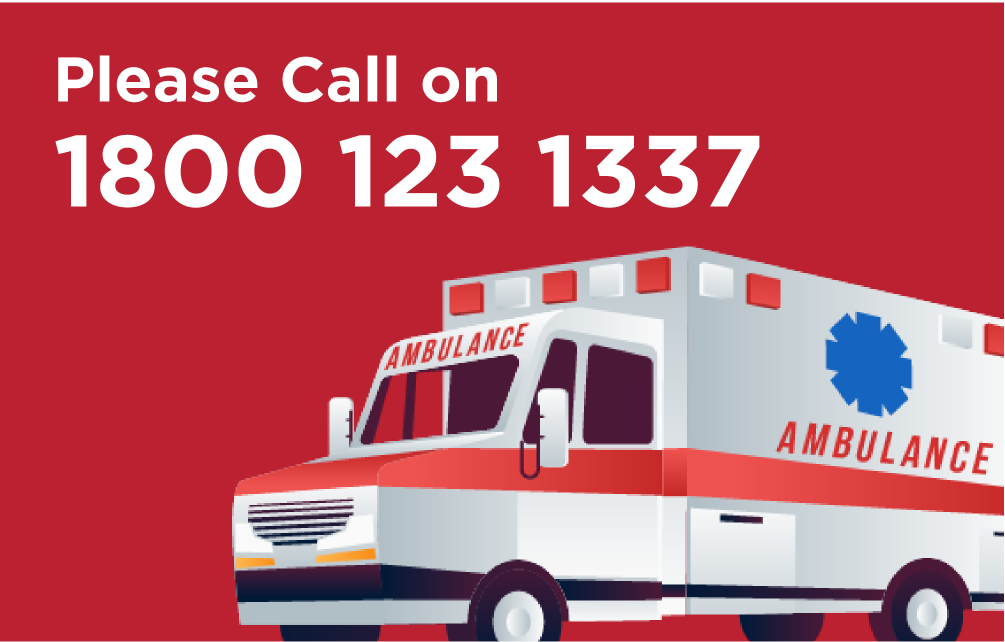What heart patients and their loved ones should know about Primary PCI procedure

Angioplasty also called percutaneous coronary intervention (PCI), is a procedure used to open blocked coronary arteries (caused by coronary artery disease). It restores blood flow to the heart muscle without open-heart surgery. Angioplasty can be done in an emergency setting such as an acute heart attack or in an elective setting when heart disease is strongly suspected from non-invasive testing.
PCI involves non-surgical widening of the coronary artery, using a balloon catheter to dilate the artery from within. A metallic stent is usually placed in the artery after dilatation. Antiplatelet agents are also used. Stents may be either bare metal or drug-eluting.
The procedure for PCI
PCI options for patients with coronary artery disease include percutaneous balloon angioplasty, stent placement, or percutaneous cutting balloon. Percutaneous laser coronary angioplasty may be used for carefully selected patients for whom conventional angioplasty would otherwise be technically difficult. For angioplasty, a special catheter (a long, thin, hollow tube) is inserted into a blood vessel and guided to the blocked coronary artery. The catheter has a tiny balloon at its tip. Once the catheter is in place, the balloon is inflated at the narrowed area of the coronary artery. This presses the plaque or blood clot blocking the artery against the sides of the artery making more room for blood flow. The use of fluoroscopy (a special type of X-ray that’s like an X-ray “movie”) helps the doctor find the blockages in the coronary arteries as a contrast dye moves through the arteries. This is called coronary angiography.
What are the risks of angioplasty?
Possible risks associated with angioplasty, stenting, atherectomy, and related procedures include, but are not limited to:
- Bleeding at the site where the catheter is put into the body (usually the groin, wrist, or arm)
- Blood clot or damage to the blood vessel from the catheter
- Blood clot in the treated blood vessel
- Infection at the catheter insertion site
- Abnormal heart rhythms
- Heart attack
- Stroke
- Chest pain or discomfort
- Rupture of the coronary artery or complete closing of the coronary artery, requiring open-heart surgery
- Allergic reaction to the contrast dye used
- Kidney damage from the contrast dye
Precautions patients can take
You may want to ask your doctor about the amount of radiation used during the procedure and the risks related to your particular situation. It is a good idea to keep a record of your radiation exposure, such as previous scans and other types of X-rays so that you can inform your doctor. Risks associated with radiation exposure may be related to the cumulative number of X-rays or treatments over a long period.
There may be other risks depending on your specific medical condition. Be sure to discuss any concerns with your doctor before the procedure.
Advantages of Primary PCI
The number of people having heart bypass has decreased by about a third in the past 10 years, which is linked to the development of drug-eluting stents that are used during PCI. Drug-eluting stents have a polymer coating that slowly releases a drug over time to help prevent the blockage from recurring.
The recovery time for angioplasty is much quicker than for heart bypass, but angioplasty is not advisable for everyone with CHD. For example, people who have triple-vessel disease are recommended to have a heart bypass, and if you have diabetes, a heart bypass offers better survival outcomes. Angioplasty is often used for people with less severe coronary artery disease.
When deciding on whether heart bypass or angioplasty is indicated, doctors have guidelines and a scoring system to help them. It’s also important to involve the patient and their family to determine what the best option for the patient is.
Request a call back



 Call-an-Ambulance
Call-an-Ambulance



